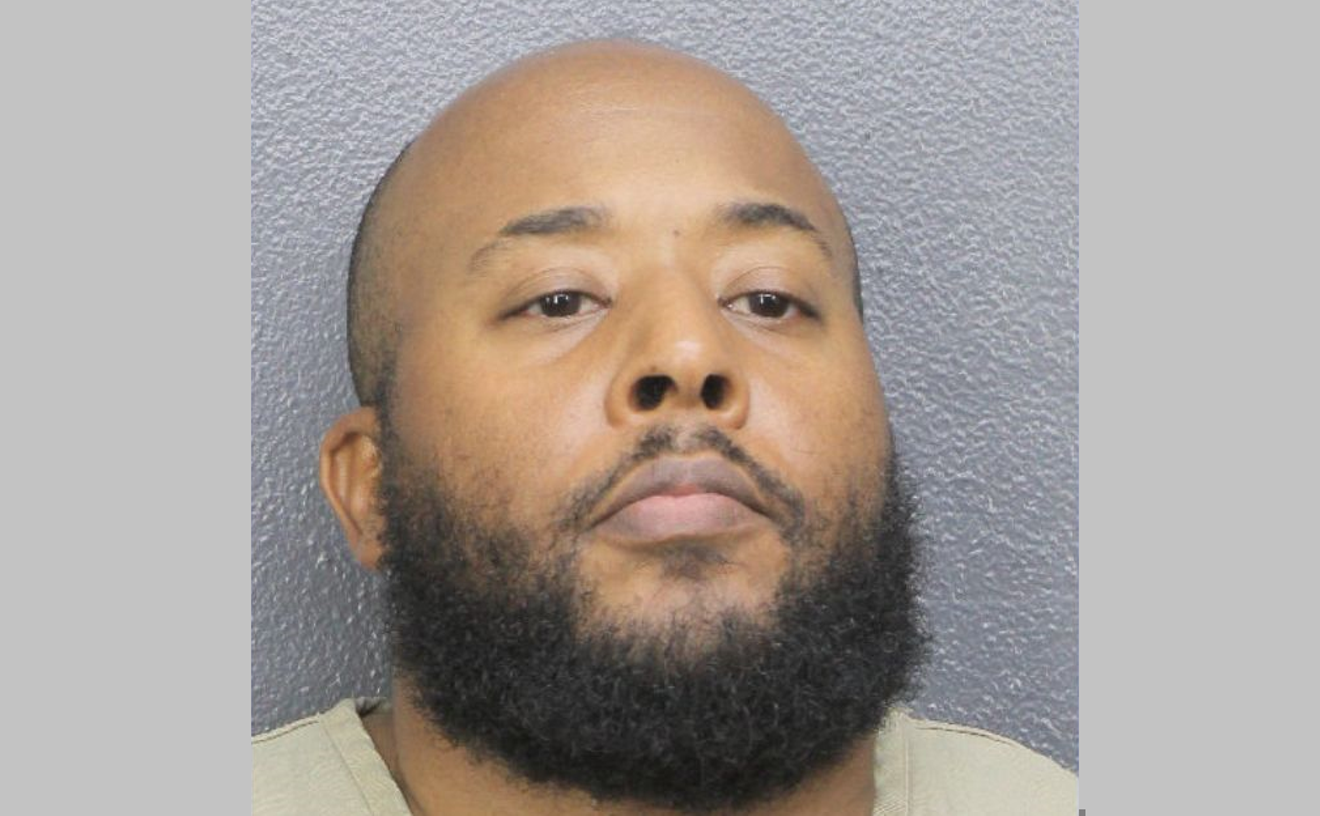Chief U.S. District Judge Cecilia Altonaga has denied Covanta's motion for partial judgment in the federal case. The judge rejected Covanta's request to toss several claims, including counts of private nuisance, trespass by pollution, and a demand for compensation for medical monitoring.
Operated under a contract with Miami-Dade County, the Doral incineration plant caught fire in February 2023 and smoldered for weeks, drawing ire from residents already fed up with the stench emanating from the place during normal operations.
The plaintiffs claim they were exposed to hazardous substances, including cancer-causing dioxins, after the fire swallowed the plant, reducing its walls to charred ruins and sending plumes of smoke across the Miami suburb of more than 75,000 people. Doral officials closed outdoor parks and advised those living near the facility to remain indoors and keep their windows tightly shut.
As part of the ruling, Altonaga denied Covanta's bid to strike down the lawsuit's class action claims, which could allow a large number of plaintiffs to consolidate their claims.
"The request is certainly premature," Altonaga wrote of Covanta's motion.
The plaintiffs include Avrohom Brashevitzky (a Doral rabbi with ten children) and resident Maria Alejandra Duran, who say the fire polluted local neighborhoods and diminished property values in the path of the plume. In addition to medical monitoring, they want damages, on behalf of the class, for soil and water remediation and expenses to clean out their air-conditioning systems.
Though Brashevitzky and Duran claim they suffered from headaches and respiratory symptoms attributable to their exposure to the smoke, the lawsuit does not currently seek direct damages for their alleged physical ailments.
While the plant was still ablaze, Texas-based air quality scientist and meteorologist David Mitchell told New Times that trash fires release an unpredictable mix of combustion products, making it hard to pin down the safety risk to the public.
"Plastics burning can emit carcinogens," said Mitchell, who has studied pollution modeling for three decades. "Here you have a situation that's totally uncontrolled. They have no control of what's going into the air."
The plants' day-to-day incineration operations involved sorting toxic materials from general refuse, using stack filters, and burning trash at specific temperatures to minimize the production of dioxins, a group of highly toxic compounds produced when organic material burns in the presence of chlorine. Prior to the fire, Covanta assured residents that their low-level daily exposure to the incineration fumes was not harmful and that the safety controls would minimize any effects.
Those protocols naturally went out the proverbial window during the fire.
Miami-Dade County officials nonetheless stated in the aftermath of the blaze that there had been no hospital admissions tied to smoke exposure. The county claimed that "the air around the plant contains low levels of particulate matter (dust) and no elevations of toxic chemicals; thus, the air will not harm residents."

Fire department workers attempt to extinguish flames at Covanta's Doral trash incineration plant in February 2023.
Screenshot from Miami-Dade Fire Rescue video
"Covanta's industrial fire spewed dangerous contaminants into the air and polluted the surrounding area with smoke, ash, soot, creosote, and the numerous chemicals contained therein, including but not limited to dioxin," the lawsuit alleges.
In its bid for partial judgment in the case, Covanta claimed the plaintiffs are not entitled to medical monitoring expenses because they didn't provide adequate details on their exposure to hazardous substances and failed to allege what contaminants drifted onto their properties.
"Plaintiffs allege no facts plausibly suggesting they were exposed to a 'proven hazardous substance' at levels greater than normal background levels causing 'a significantly increased risk of contracting a serious latent disease,'" the motion stated.
Altonaga rebuffed Covanta's argument, noting that the plaintiffs described the route of exposure, and that the court defers to their narrative at this early stage in the litigation.
"Plaintiffs allege precisely how the exposure occurred: the 'airborne contaminants...rained down on people's heads and infiltrated their bodies through [their] skin and lungs,'" Altonaga wrote in her order, handed down January 2.
Covanta further argued that airborne smoke and ash cannot be used as the foundation of a trespassing claim. But the judge ruled that the company cited no pertinent Florida law to support its point and that airborne pollution can be construed as similar to solid or liquid contaminants, which often form the basis of trespassing-by-pollution claims.
Fire investigators have stated that the blaze broke out around the plant's conveyor belt. According to the lawsuit, the facility had contained smaller fires in the two years preceding the disaster: two conveyor belt fires and one trash-pit fire.
More than 600,000 tons of waste were brought to the facility annually (a large portion of Miami-Dade County's garbage) before the fire shut the facility down. The plant employed a "waste-to-energy" model, using heat from the incineration process to generate electricity, "enough to power 25,000 homes" a year, according to Covanta.
The plaintiffs' attorneys, Bruce Kaplan and Perry Sanders, look to cast a wide net for possible class action claimants, including anyone who owns property in the as yet undefined "contamination area" and those who resided there during and immediately after the fire.
Covanta says the proposed class of plaintiffs is unreasonable and "hopelessly overbroad."
An amended complaint added two additional members of the Brashevitzky family as plaintiffs and potential class representatives.
The sprawling blaze broke out on February 12, 2023, as plans for a new trash incinerator plant in Doral were already in motion. Construction of a new trash incineration facility was planned next to the existing plant at an estimated cost of $1.4 billion.
To the delight of many residents, Miami-Dade County commissioners, in the aftermath of the fire, agreed to reverse a vote that designated Doral as the location for the new plant. However, as of September 2023, the city remained on a short list of possible spots where a new incineration plant could be built.









